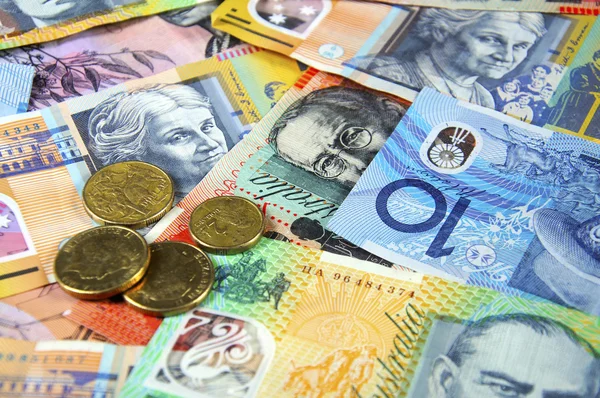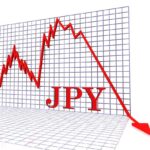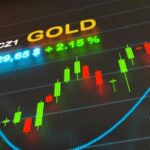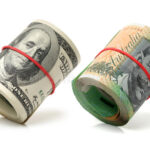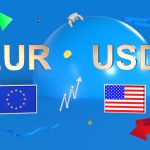Australian dollar rises as the Reserve Bank of Australia considers raising interest rates again if necessary.
On Monday, the Australian dollar (AUD) retraced its recent losses versus the US dollar. The AUDUSD pair is rising due to hawkish sentiment surrounding the Reserve Bank of Australia (RBA). Furthermore, rising inflation in China, a close trade partner of Australia, may have supported the Australian dollar.
RBA Governor Michelle Bullock stated that the US central bank may not be prepared to lower interest rates in September.
RBA Governor Michele Bullock emphasized last week the significance of keeping cautious about inflation concerns, stating that The central bank will not hesitate to hike interest rates again if necessary to battle inflation. These comments come just days after the RBA left interest rates constant at 4.35% for the sixth consecutive meeting.
On the USD front, market anticipation of a probable interest rate drop by the Federal Reserve (Fed) in September may put pressure on the US Dollar (USD), potentially supporting the AUDUSD pair.
Investors will most likely be focused on US producer inflation data, which will be revealed on Tuesday, and consumer inflation estimates on Wednesday. Traders are searching for assurance that price growth is stable.
Daily Market Movers: Australian Dollar Rises Due to Hawkish RBA.
On Monday, Reserve Bank of Australia (RBA) Deputy Governor Andrew Hauser blamed the continuing inflation to Weak supply and a congested labor market. Hauser also observed that economic estimates are subject to great uncertainty.
The risk-sensitive AUD gain potential may be limited by safe-haven flows. As geopolitical tensions in the Middle East escalate. Defense Minister Yoav Gallant notified US Defense Secretary Lloyd Austin on Sunday. That Iran’s military operations imply preparations for a big strike on Israel, according to Axios writer Barak Ravid.
Federal Reserve Governor Michelle Bowman warned that she sees further upside risks to inflation and continued labor market growth.
On Sunday, Federal Reserve Governor Michelle Bowman warned that she sees further upside risks to inflation and continued labor market growth. According to Bloomberg, this signals that the Fed may not be prepared to drop interest rates at its next meeting in September.
China’s Consumer Price Index (CPI) increased by 0.5% year on year in July exceeded the projected 0.3% and prior 0.2% values. Meanwhile, the monthly index rose 0.5%, reversing a prior decrease of 0.2%.
Westpac has modified its RBA prediction, projecting that the first rate cut will take place in February 2025. Rather than November 2024. They also increased their terminal rate projection to 3.35% from the prior 3.10%.The RBA is now seen as more cautious, requiring more evidence before considering rate reduction.
On Thursday, Kansas City Fed President Jeffrey Schmid suggested. That lowering monetary policy may be “appropriate” if inflation remains low. Schmid remarked that the current Fed policy is “not that restrictive” and that while the Fed is near to its 2% inflation goal. It has yet to fully achieve it As per Reuters.
According to Macrobusiness, Treasurer Jim Chalmers disputed the RBA’s opinion. That the economy is still too strong and that huge government expenditures are leading to extended inflation.
RBA Governor Michele Bullock stated. That the board seriously considered raising the cash rate from 4.35% to 4.6% in response to persistent worries about excess demand in the economy. RBA Chief Economist Sarah Hunter also stated. That the Australian economy is functioning better than expected.


